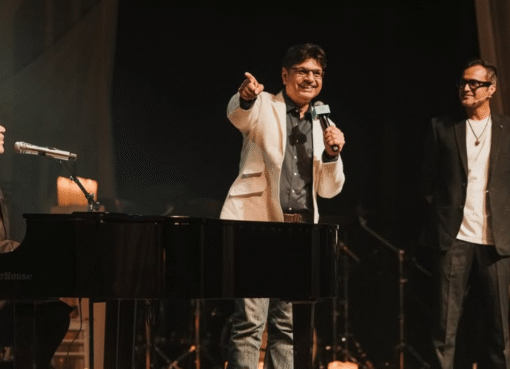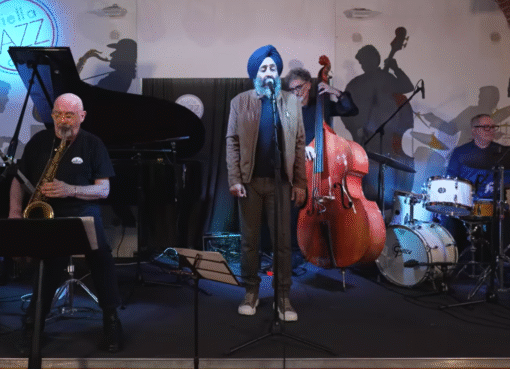From Banaras to Burning Man: Rishab Sharma’s Track Is a Spiritual Sonic Trip

New York-based satirist and music producer Rishab Sharma is known for walking the line between irony and intensity. But with his latest track The Burning Ghat, he sheds the satire and steps into something deeper. An emotional, almost spiritual terrain shaped by his travels, memories, and music. This isn’t just another electronic experiment. It’s a sonic retelling of personal transformation, rooted in the ancient streets of Banaras and the surreal deserts of Burning Man.
Sharma traces the track’s early seeds back to Burning Man, the iconic festival in Nevada that’s as much about expression and community as it is about art and sound. There, he encountered a swirl of global genres: bass-heavy electronica, tribal house, ambient drones, and acoustic improvisations echoing across desert camps. “I was fascinated by how different traditions could coexist, clash, and still make sense together,” he says. “It got me thinking about how music can hold contradictions. Ritual and chaos, old and new, death and rebirth.”
But the real turning point came during a trip to India, specifically to Banaras. The ancient city, one of the holiest places in Hinduism, had a profound effect on him. Standing at Manikarnika Ghat, one of the most sacred cremation grounds in India, Sharma experienced something he couldn’t quite explain in words. “There was something about the fire, the chants, the river, and the silence between the noise,” he recalls. “It felt like time had stopped and folded in on itself.” He later walked through the newly redeveloped Kashi Vishwanath Corridor, absorbing the layers of life, devotion, and music that flowed through its walls.
These moments formed the emotional and sonic backbone of The Burning Ghat. The track opens with ambient textures like ghostly chants and distant bells before slowly unfolding into a layered composition that feels alive. There’s no fixed tempo. The rhythms build and collapse, mimicking the unpredictability of memory and grief. It’s not traditional Indian music, nor is it typical electronic fare. It sits in the middle. A meditative experience that asks you to feel, not just hear.
Sharma says he wanted the track to feel like a live performance. Imperfect, spontaneous, full of breath. The production steers clear of glossy polish. Instead, he leans into raw, live instrumentation like field recordings from Banaras, sampled textures, and minimal digital interference. The result is a soundscape that carries a sense of place and moment, almost like a memory you didn’t know you had.
What’s perhaps most striking about Sharma’s approach is his optimism. He doesn’t see Indian music as something static or needing preservation. He sees it as a living, evolving force with a future that’s global and collaborative. “We don’t need to explain our art to the world. We just need to feel it honestly,” he says. “The rest follows.”
As The Burning Ghat quietly finds its way to listeners across continents, Sharma remains grounded. He credits his fans for allowing him the space to experiment, reflect, and stay honest. “They’re not just listeners. They’re part of the story,” he says. And in that story, ancient rituals and modern beats walk side by side, creating something that feels timeless.
Read More about Rishabh Sharma Using the Power of Sitar and Indian Classical Music to Heal the World



Leave a Comment